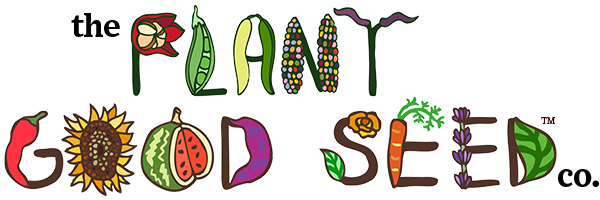
Nettles (Urtica sp.) are prevalent throughout most parts of the world. In North America or Europe, the most prolific variety is the species Urtica dioica, which most people refer to as stinging or common nettle. The plant literally stings when touched, causing contact dermatitis – although nettle has a rich ethnobotanical history of being intentionally used in this manner). More commonly, the plants are harvested with protective gloves and then dried or cooked, which renders the stingers inert and ready for use as a nutrient rich tea or food. The dormant stalks can also be harvested and used to make relatively strong cordage.
These plants thrive in riparian zones and under the dappled shade of forest canopies, where I’ve seen them reach nearly two meters in height. However, I’ve also seen them happily thrive on lawns in rainier and colder climates. When we first started them in our farm’s Mediterranean climate, there was some skepticism about whether they could actually thrive here. (I’d only seen the much stubbier annual Urtica urens, which is a common farm weed and has a poor, straw-like flavor). However, we’ve now successfully established stands under full sun – although note, they do need substantial water to survive extremely hot summers. (Quin)
120 days from seed to establish a stand with harvest potential. Nettle is perennial and has a rhizomatic growth habit. Can be propagated via cuttings, but also think about a containment strategy once established. We trim the edges of our stand back with a weed eater to prevent it from spreading to unwanted places on the farm.
Seeds are certified organic.
Nettles (Urtica sp.) are prevalent throughout most parts of the world. In North America or Europe, the most prolific variety is the species Urtica dioica, which most people refer to as stinging or common nettle. The plant literally stings when touched, causing contact dermatitis – although nettle has a rich ethnobotanical history of being intentionally used in this manner). More commonly, the plants are harvested with protective gloves and then dried or cooked, which renders the stingers inert and ready for use as a nutrient rich tea or food. The dormant stalks can also be harvested and used to make relatively strong cordage.
These plants thrive in riparian zones and under the dappled shade of forest canopies, where I’ve seen them reach nearly two meters in height. However, I’ve also seen them happily thrive on lawns in rainier and colder climates. When we first started them in our farm’s Mediterranean climate, there was some skepticism about whether they could actually thrive here. (I’d only seen the much stubbier annual Urtica urens, which is a common farm weed and has a poor, straw-like flavor). However, we’ve now successfully established stands under full sun – although note, they do need substantial water to survive extremely hot summers. (Quin)
120 days from seed to establish a stand with harvest potential. Nettle is perennial and has a rhizomatic growth habit. Can be propagated via cuttings, but also think about a containment strategy once established. We trim the edges of our stand back with a weed eater to prevent it from spreading to unwanted places on the farm.
Seeds are certified organic.
Collections: All Products Fiber Plants Nettle
We use cookies on our website to give you the very best shopping experience we can. By using this site, you agree to its use of cookies.
Emails every 4-6 weeks featuring compelling original gardening content, new variety announcements, sales, and event appearances.
